Alexandria Ocasio-Cortez Proposes A Death Blow To Pipelines Like Dakota Access
Shortly after Donald Trump won the presidency in November 2016, Alexandria Ocasio-Cortez, then a 27-year-old activist and bartender, hopped in a 1998 Subaru and roadtripped from New York City to North Dakota to join the frigid protest camp attempting to stop construction of the Dakota Access Pipeline.
Not long after, Trump made completing the pipeline one of his first priorities in the White House. But the experience, Ocasio-Cortez has often said, inspired her decision to run in New York’s 14th congressional district on her vision for a Green New Deal.
Now she’s proposing a legal change that would upend thousands of future pipeline projects.
The New York congresswoman is pushing to block the U.S. Army Corps of Engineers from permitting oil and gas projects like the Dakota Access Pipeline, HuffPost has learned.
An amendment Ocasio-Cortez proposed for the next budget bill would prohibit the nation’s main infrastructure-building agency from using federal money to issue permits under the Section 404 of the Clean Water Act “for the discharge of dredged or fill material resulting from an activity to construct a pipeline for the transportation of oil or gas.”
That would prevent the Army Corps from constructing, repairing or working on roughly 8,000 projects per year involving oil and gas pipelines that cross waterways.
The House Committee on Rules will consider the proposal at a hearing Tuesday morning.
Ocasio-Cortez was not available for an interview Sunday, but her office confirmed details on the amendment.

It could also imperil the Dakota Access Pipeline itself.
In March, U.S. District Judge James Boasberg ordered the Army Corps to carry out a new environmental review of the project, determining that the agency had failed to answer major questions about the possibility of oil spills. Then, earlier this month, Boasberg pulled the permits to operate the 1,172-mile oil route from North Dakota to Illinois, ordering the pipeline to shut down and drain by Aug. 5 while the review is carried out.
Energy Transfer, the Texas-based company that owns the pipeline, vowed to challenge the ruling. Two weeks ago, the Army Corps filed a notice that it would appeal the shutdown order.
If the ruling holds, Ocasio-Cortez’s amendment could, in theory, prevent the Army Corps from issuing a new permit to restart the 570,000-barrel-per-day pipeline once it’s drained. The Army Corps’s website lists the Section 404 permit among those for which the court required verification.
It’s still a long shot. The amendment could face significant opposition within the House, where the Democratic majority remains split on the urgency of stopping new fossil fuel projects that proponents see as economic boons and opponents say spell climate disaster. The Republican-controlled Senate would almost certainly reject the measure.
But the proposal highlights an increasingly sophisticated approach by Green New Deal supporters in Congress to hastening the country’s transition away from fossil fuels. Last week, Rep. Ilhan Omar (D-Minn.) and Sen. Bernie Sanders (I-Vt.), key allies of Ocasio-Cortez, proposed a bill to strip virtually all federal funding and tax incentives for oil, gas and coal development.
Pipelines’ contributions to planet-heating emissions at a moment when an unusually high number of tropical storms are gathering in the Atlantic and the Arctic is sweltering in record heat are only one justification for blocking future permits. As many Indigenous and environmental activists had warned in 2016, the Dakota Access Pipeline spilled at least five times in its first year of operation alone.
Mounting legal challenges, backed up by the increasingly visible peril fossil fuel pollution poses to the environment, are making pipelines look too costly and uncertain for investors seeking reliable profit. In May, New York state regulators blocked a long-contested gas pipeline proposed under Lower New York Bay. Just this month, two of the nation’s largest private utilities abandoned the Atlantic Coast Pipeline, a gas route from West Virginia to Virginia and North Carolina, despite a favorable Supreme Court ruling and the Trump administration’s unwavering support.
Related...
Democrats’ Fracking War Heats Up As 2020 Voting Begins
Louisiana Bill Would Mandate 3-Year Minimum Sentence For Trespassing On Fossil Fuel Sites
Oil And Gas Pipelines Look Like Increasingly Risky Bets
Also on HuffPost
1st Prize Winner: Fog in Germany by SkyPro
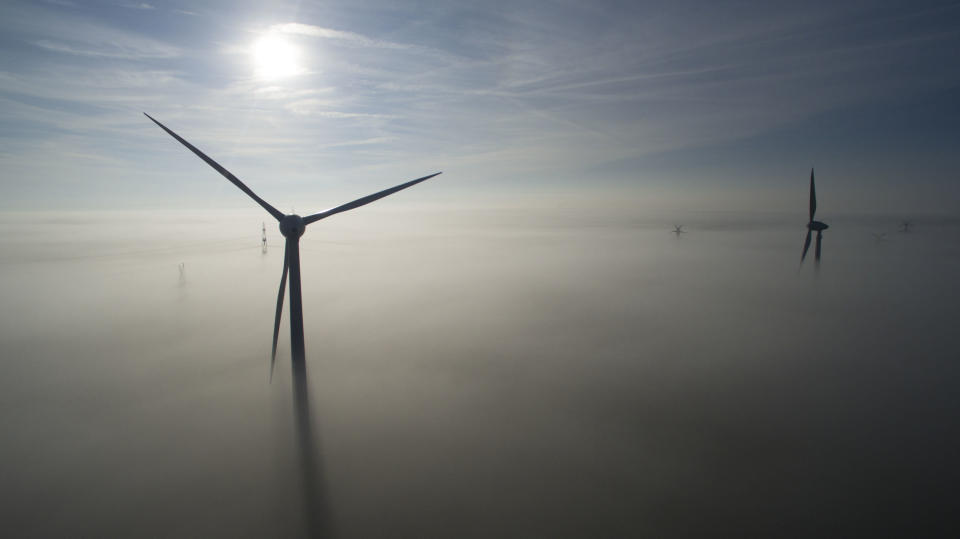
2nd Prize Winner: Church of Paracatu by Alexandre Salem
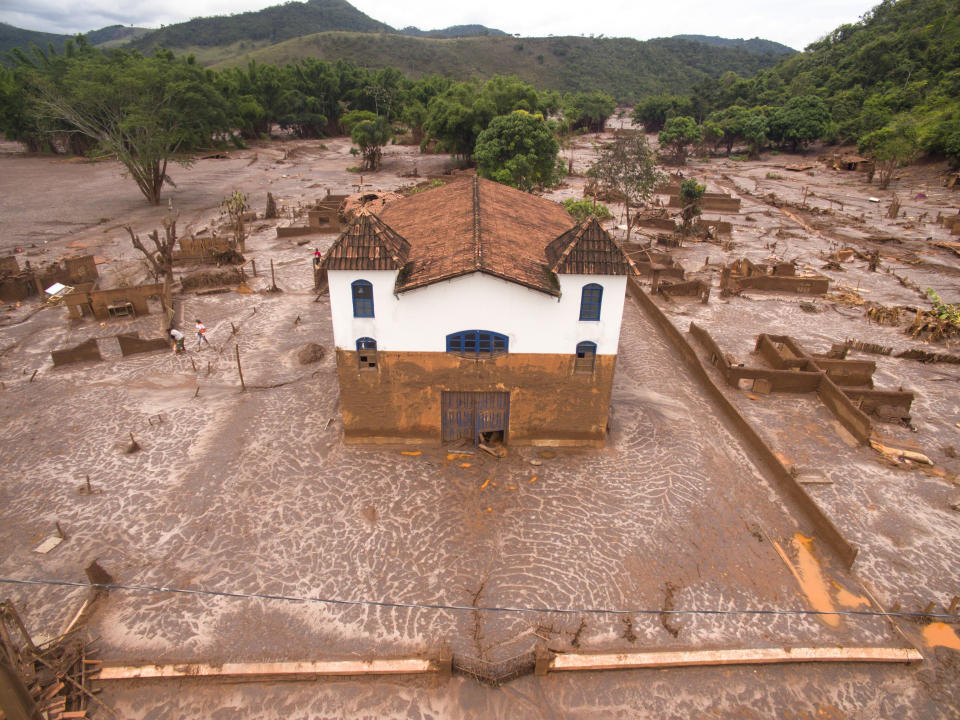
3rd Prize winner: Palangkaraya, Central Kalimantan, Indonesia by Yuyusera
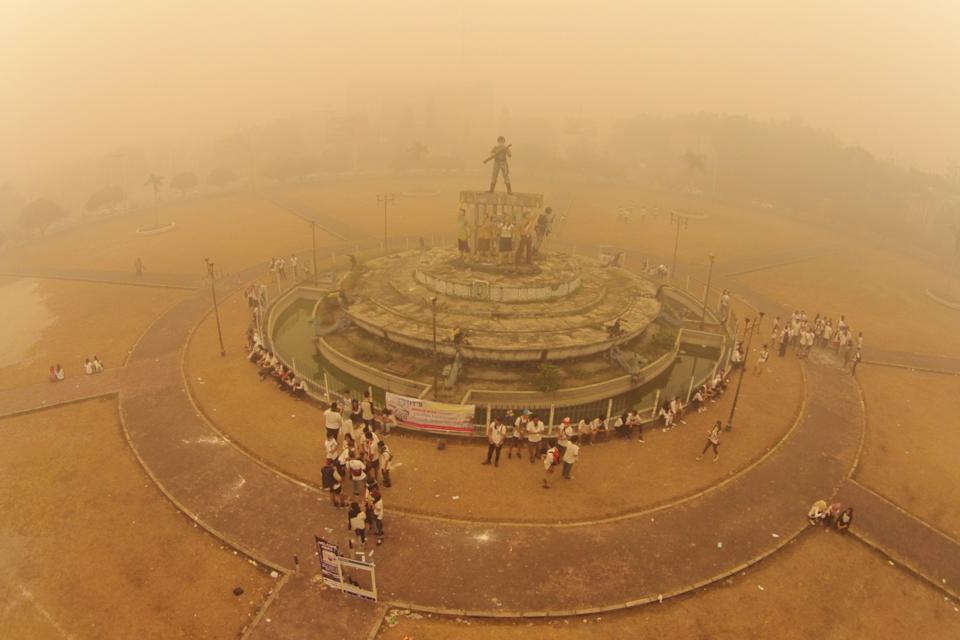
4th Prize Winner: Wind Power near Berlin by King-Fisher
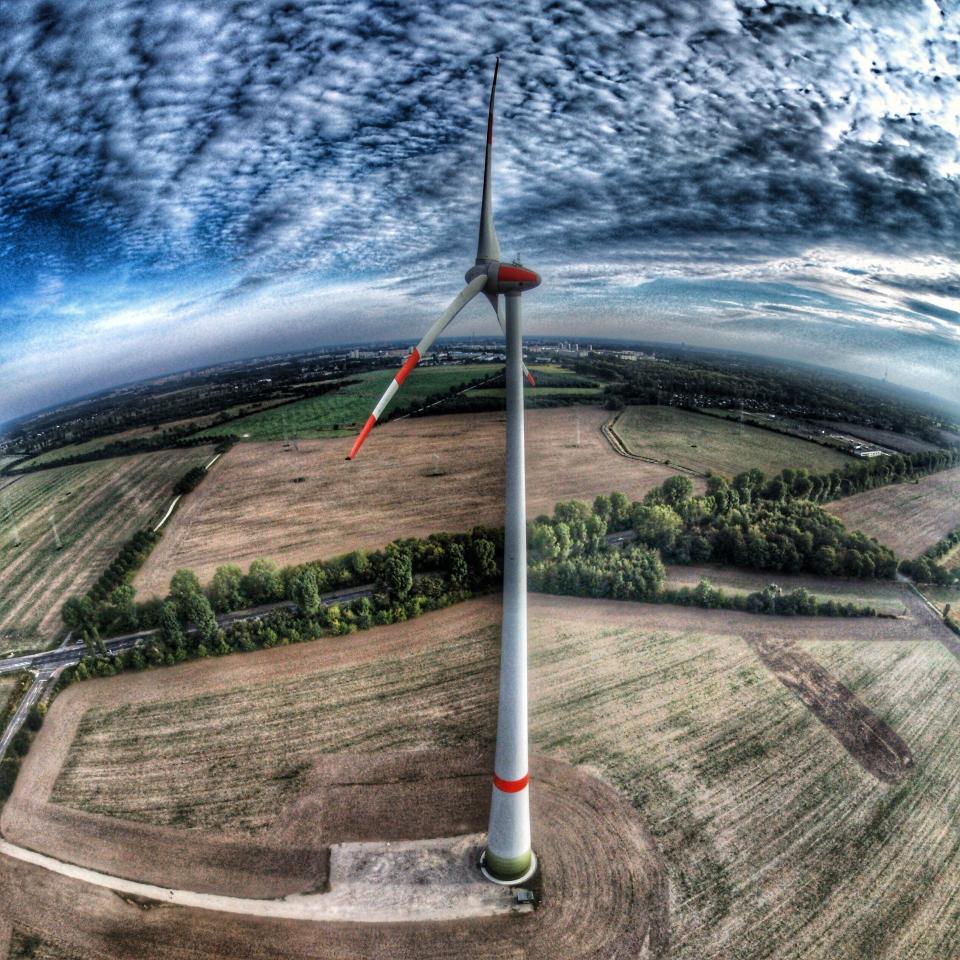
5th Prize Winner: Energy Active Office Building, Genk, Belgium by Drone-Partner
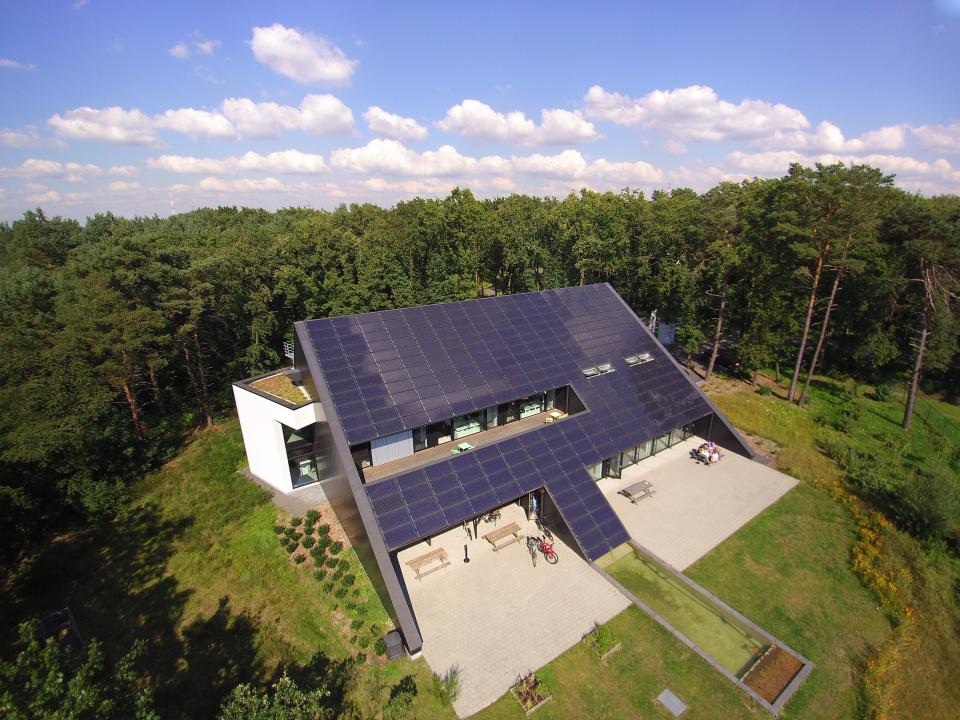
6th Prize Winner: Holbury, New Forest, UK by Mark Baker
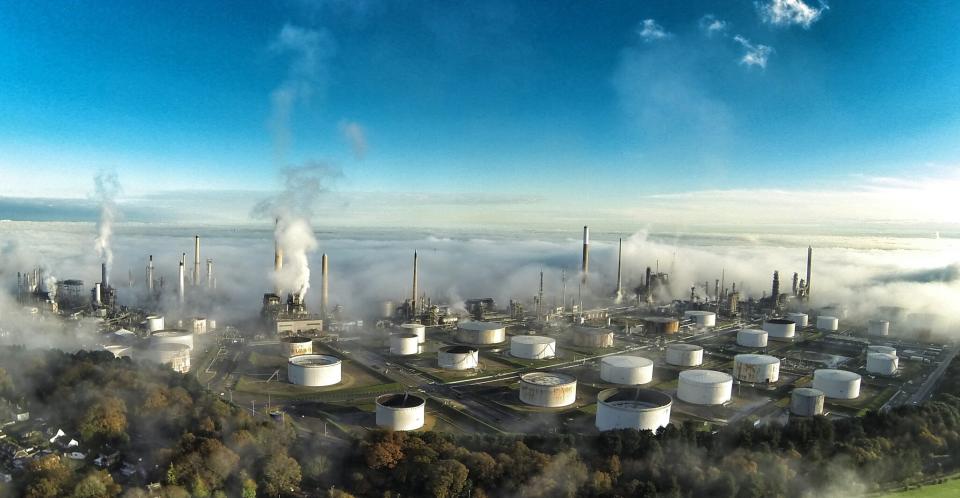
7th Prize Winner: Tiny island in the lake of Galvė by Karolis Janulis
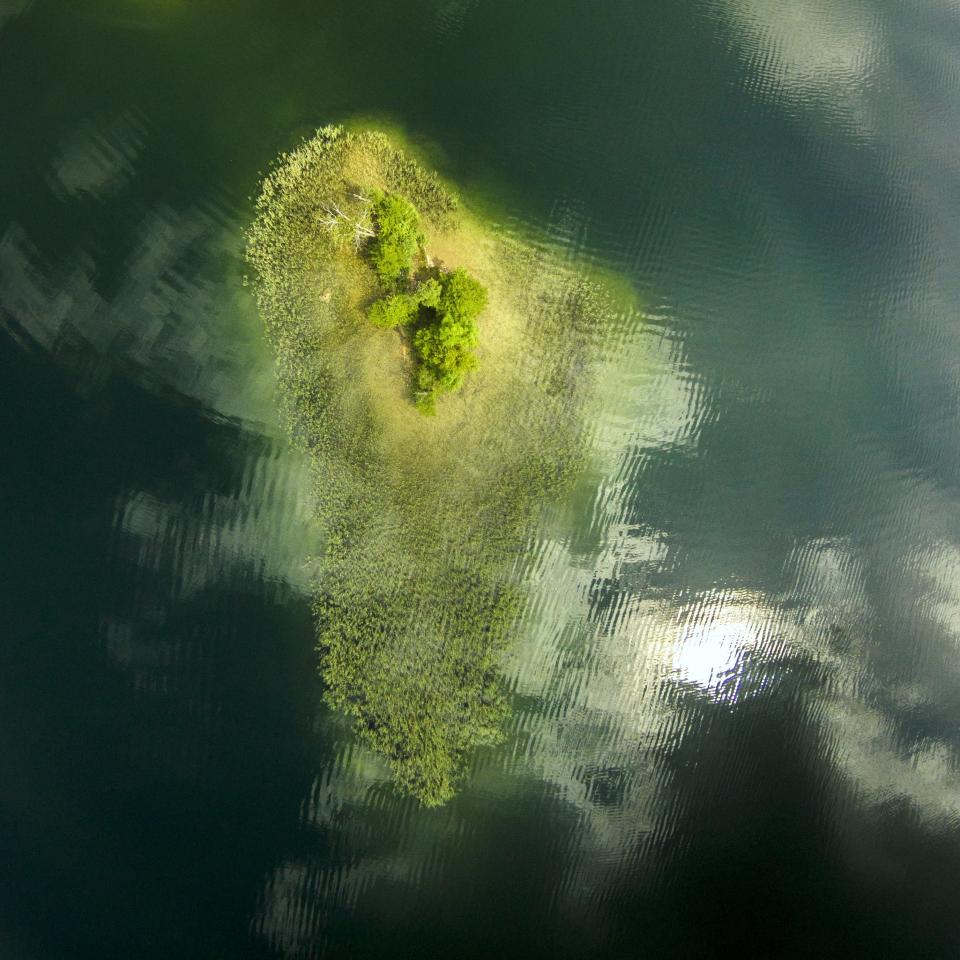
8th Prize Winner: High Tide in La Jolla, California by Kevin Dilliard
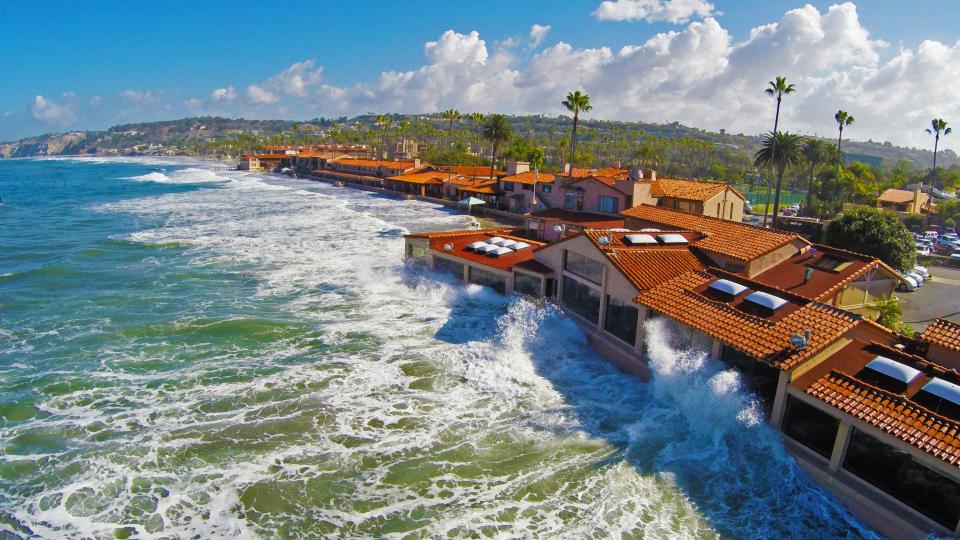
9th Prize Winner: Dhaka, Bangladesh by Zayedh
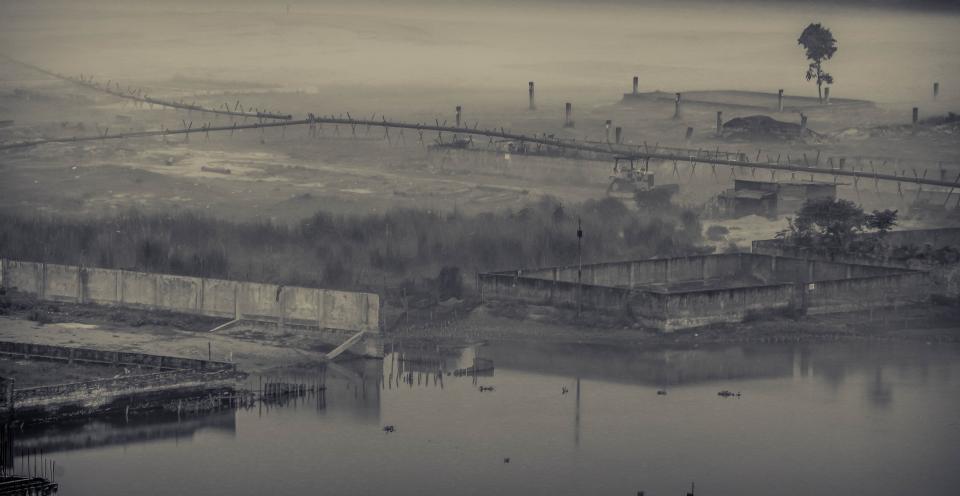
10th Prize Winner: Paracatu Cemiterio by Alexandre Salem
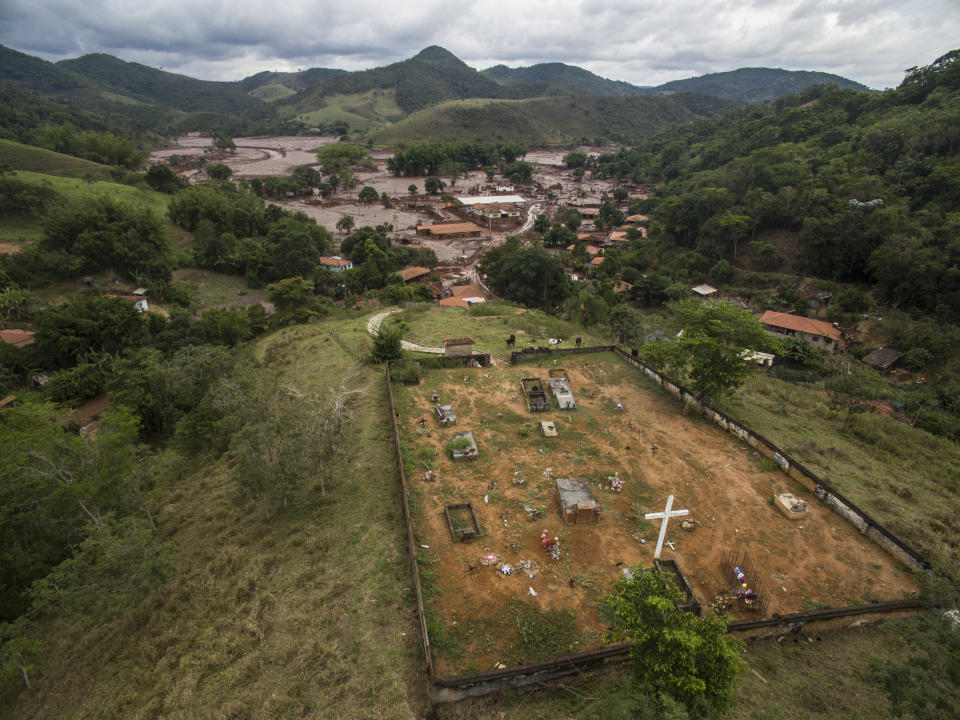
Love HuffPost? Become a founding member of HuffPost Plus today.
This article originally appeared on HuffPost and has been updated.

